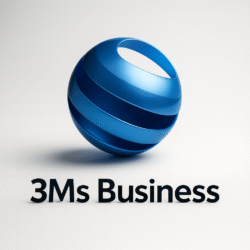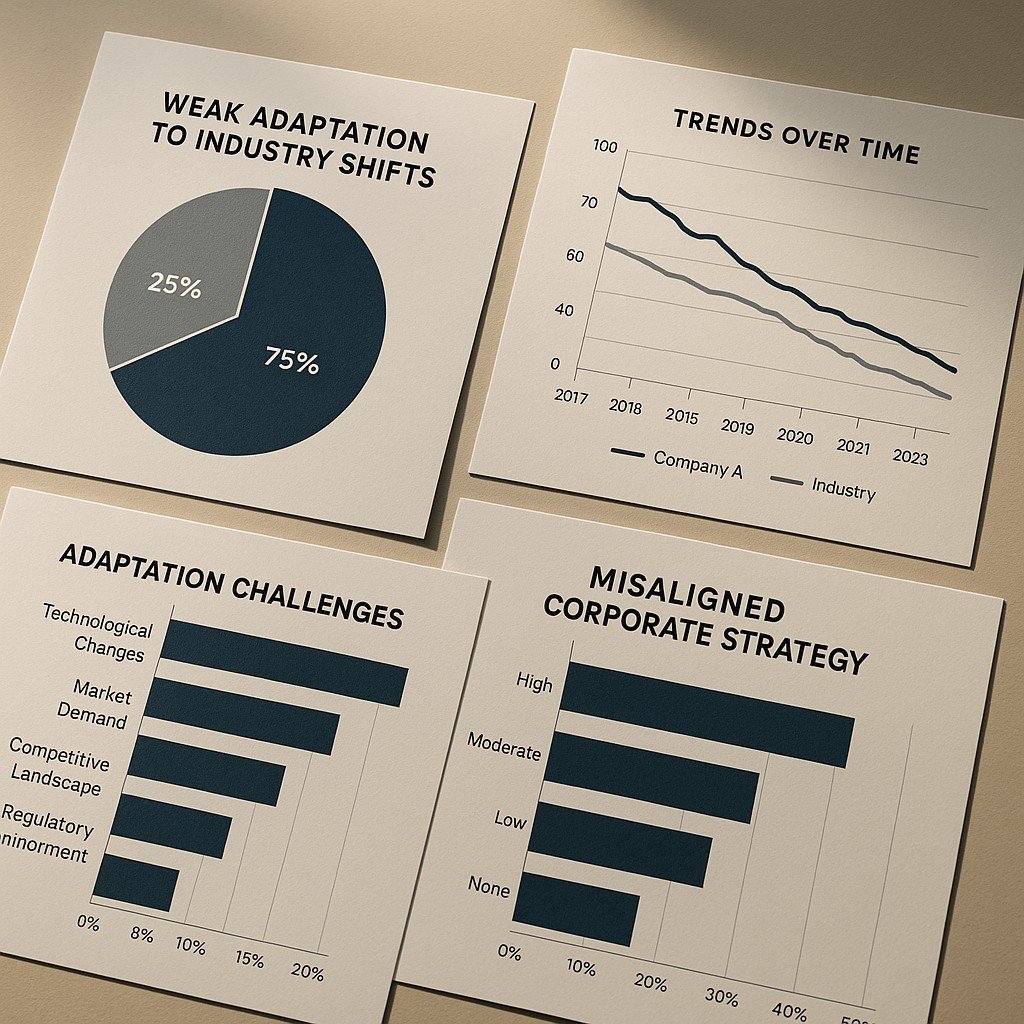Introductory
Multiple organization executives maintain that their pricing decisions should be based on cost considerations. Yet there is a weak link between costs and pricing. Customers pay for results they want instead of the costs you incurred during production. The “cost-plus” pricing method becomes unstable when inflation rates change and market demand patterns shift because it creates unpredictable margin fluctuations that can be either under or overpriced and take too long to adjust.
Why costs ≠ price (most of the time)
Costs are internal. Price is external. Your business operations become visible through your cost structure while market prices reveal what customers value your product at and what alternatives they have. Teams who focus on cost expenses tend to disregard three essential factors which determine prices in the market. The establishment of price floors depends on production expenses but price ceilings emerge from market value and competitive forces.
In the GCC, this gap shows up in B2B services and digital products. A SaaS tool that costs SAR 60 per user because hosting expenses are minimal fails to recognize that banks would spend SAR 120 to reduce their approval duration by 30%. The high cost of maintenance contracts with a 10% margin for mega-projects occurs because buyers can easily find domestic alternatives and face no significant challenges when they want to switch suppliers.
What cost-based pricing gets wrong
The approach does not take into account what actual consumers are willing to pay.
Two customers can see the same product differently. The system requires continuous operation but another user focuses on obtaining the best initial cost. The implementation of average cost pricing with fixed markup results in two major problems: it drives away high-value customers and it makes price-sensitive customers choose to shop elsewhere. The pricing strategy of segmented pricing based on benefits structure enables both approaches.
It blurs fixed vs. variable costs
Executives often allocate overhead uniformly, then “protect margin” by raising list price. The allocation of overhead expenses represents an accounting decision which does not reflect actual market conditions. The wrong allocation of overhead expenses to high-volume products leads to elevated minimum prices which allows competitors to enter the market.
It slows decisions
The implementation of cost-plus cultures requires financial assessments for all price adjustments. The market shows rising customer interest at this time. The delay creates expenses for businesses that operate in markets with extended tender periods and e-commerce and seasonal peak demand patterns which affect KSA retail and travel industries.
Use costs as guardrails, not the steering wheel
Costs still matter. The team determines when to stop and sets permanent conditions which result in lasting long-term success. But the steering wheel is value. Shift to a value-backed, market-responsive approach:
1) Quantify value in money
Translate outcomes into SAR. A 20% reduction in rework on a SAR 10m package equals SAR 2m. Your solution reaches a 70% confidence level to produce SAR 1.4m value which exceeds the predicted outcome. The expected value lets you define delivery price boundaries between 10% and 30% of the achieved value instead of applying the standard “cost + 15%.”
2) Segment by willingness to pay
The data needs to be divided into 3–5 sections which use industry and size and urgency and compliance risk and downtime cost as observable signals. B2B requires deal health assessment through sponsor level evaluation and pain severity assessment and switching barrier evaluation. B2C requires three key use behavior indicators which include frequency and basket size and churn probability. The system needs to link each segment to fences which include contract terms and service levels and features to stop arbitrage from happening.
3) Design price fences and menus
The company should present three different packages which include good, better and best options with specific advantages and disadvantages. The system requires users to perform fence maintenance through SLAs and analytics modules and response time monitoring and dedicated support access. Capital projects should base their selection of structural elements on uptime warranties and project completion timelines instead of focusing on surface-level characteristics.
4) Tie discounts to measurable outcomes
Replace blanket 10–15% discounts with conditional value credits. The pricing model includes two examples which demonstrate its functionality. These pricing model offer a SAR 500k discount when the defect rate reaches above X and it provides price reductions based on monthly usage levels below Y. Pricing model connects prices to actual customer value while maintaining minimum revenue levels.
5) The system needs to enable flexible review processes because it should not require users to perform annual system resets.
Set a monthly price council with sales, finance, and product. The system should track five essential metrics which include win rate performance across different segments and the comparison between actual prices and list prices and discount loss rates and customer departure due to price changes. The system needs to validate all pre-approved employee transfers which maintain their positions within 5-10% of the predetermined boundaries. The GCC e-commerce platform requires weekly testing of shipping fees together with bundle options and payment term functionality.
Practical playbook (two quarters)
Quarter 1: Establish your value and price architecture.
- Map 5–7 key use cases. Estimate the economic value delivered (EVD) for each situation.
- Define segments and fences. The company needs to develop three separate menu choices for each product.
- The system requires three types of guardrails which include walk-away price based on true variable cost and risk and target range between 10% and 30% of EVD and promo rules.
- Clean the data: one price book, version-controlled; discount reasons codified in CRM.
Quarter 2: Operate and tune
- The organization should activate its price council to operate as a weekly “deal desk lite” which would handle exceptional situations.
- Pilot in one country (e.g., KSA) or one vertical. Compare lift in realized price and win rate.
The training program for this field includes three presentation slides and two demonstration examples and one calculation tool to teach value story principles.
- The two discount options should be removed from the list. Replace with outcome-tied offers.
Numbers that change behavior
Executives begin taking action after they understand the quantitative data. Track these four metrics and review them monthly:
- Realized price index (RPI): realized ÷ list price by segment.
- Discount leakage: discounts outside policy as % of revenue.
- Value capture rate: price as % of quantified value delivered.
- Floor breaches: deals below walk-away price (count and SAR impact).
The Riyadh-based portfolio achieved a 3–5% increase in realized prices through their segmented menu approach which also improved their win rate in tender competitions because their entry packages fit budgets and premium tiers offered higher anchors through uptime guarantees.
Address the common pushbacks
- “Our costs went up; we must increase price.”The market needs to support this practice for it to become possible. Test willingness to pay and reposition value. Organizations achieve their best results through pass-through when they use it to support actual performance improvements.
- “Value-based is slow.”Not if you build calculators and fences once, then operate ranges. The organization operates at a quick decision-making speed because it follows pre-established approved guidelines.
- “Procurement only cares about price.”They care about risk too. The implementation of price fences which link to uptime and delivery and compliance standards enables businesses to exchange price concessions for different terms.
Leadership takeaway
Use costs to set the floor. The company needs to determine its pricing strategy through an evaluation of product value and market competition levels. Your organization will defend its profit margins through outcome-based pricing during market declines and produce additional revenue during positive market conditions while maintaining customer confidence.
References:
Internal Links:
https://3msbusiness.store/failure-to-link-costing-to-strategy/
https://3msbusiness.store/capacity-costing-charge-for-the-plant-you-actually-use/
External Links:
- – External 1 — Harvard Business Review — “Expand Your Pricing Paradigm” (2023): https://hbr.org/2023/01/expand-your-pricing-paradigm
- – External 2 — McKinsey — “Pricing Insights: Growth, Marketing & Sales” (ongoing hub, 2022–2025): https://www.mckinsey.com/capabilities/growth-marketing-and-sales/our-insights/pricing
- – External 3 — Simon-Kucher — “State of Pricing 2024 (Global Pricing Study)” (2024, PDF): https://www.simon-kucher.com/sites/default/files/media-document/2024-01/sk_state_of_pricing_2024_gps_report_summary.pdf
- – External 4 — Deloitte — “CFOs recalibrate pricing strategies” (Oct 2025): https://www.deloitte.com/us/en/insights/topics/business-strategy-growth/3q-2025-cfo-signals-survey.html
Get an extra 20% discount upon subscription at Hostinger webhosting:























